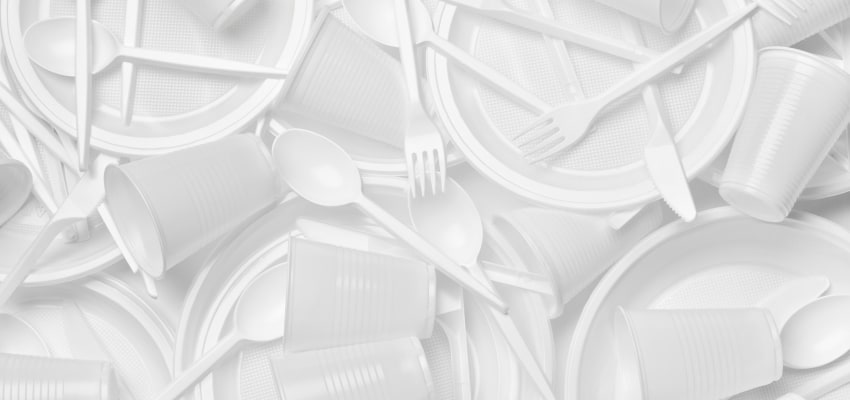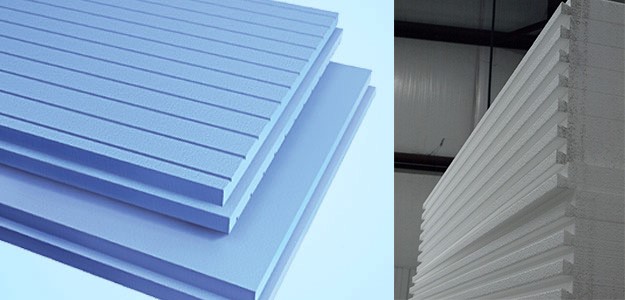Polystyrene is one of the primary polymer materials that is clear, rigid, fragile and strong in its unmodified state. Polystyrene is produced in various forms such as foam, rigid plastic and film, which are used for food packaging, electronic protection, etc.
Polystyrene is also known as phenylene and is a thermoplastic polymer that softens and melts when heated and can be reused. Polystyrene is a widely used electrical insulator that is resistant to chemicals such as acids and bases.
Polystyrene contains styrene monomer. In addition, it may contain additives such as initiators, catalysts, stabilizers, lubricants, pigments, and fillers that increase the physical properties of the final product. The difference between polystyrene compound and masterbatch is that the compound is used to make the final product, but the masterbatch gives specific properties to the initial polymers. Also, distinguishing a quality compound from a poor quality compound has an impact on the final product, which should be considered in terms of hardness and flexibility, melting temperature, etc.
Applications of polystyrene
It is used to protect consumables and prevent them from spoiling. The production of disposable dishes, electrical appliances, clock bodies, televisions, radios, sports equipment, toys, cold insulation in the bodies of refrigerators, freezers and household appliances are among the uses of polystyrene.
Features of polystyrene
Light and low density:
This feature has caused it to be used in packaging and insulation applications.
Transparency:
In its pure form, polystyrene is transparent and can be used for applications that require visibility.
Low thermal resistance:
At high temperatures, it becomes brittle and deforms easily.
Cheap and economical:
Its production is cheap and it is the reason for its wide use in industries.
Recyclability:
Polystyrene can be recycled, although its recycling requires special conditions.
Below are the explanations of the types of polystyrene:
One of the most widely used polystyrene models is crystalline polystyrene, which is also known as crystal polystyrene and is used for general purposes. It is used to make disposable containers, electrical parts, sports equipment and toys. Also, the use of crystalline polystyrene has advantages such as high strength, transparency, dimensional stability, high electrical properties, resistance to gamma rays and low price.
"GPPS1540"



HIPS resistant polystyrene
It is an economical and versatile polymer that is resistant to impact and has good dimensional stability. Resistant polystyrene can be colored and is easily molded. The advantages of this type of polystyrene include high flexibility, easy machining, impact resistance, and low price.
HIPS resistant polystyrene is actually a thermoplastic that is obtained from the polymerization of styrene monomers and is a hard and rigid plastic. Resistant polystyrene is used for packaging and making consumer goods.
"HIPS7240"



EPS expanded polystyrene:
Expanded polystyrene is produced from white foams, which is used in the packaging industry, building insulation and other cases. Also, EPS expanded polystyrene granules consist of two parts. A part of styrene that forms the structure of the cell and a part of pentane gas that is a foaming agent. Expanded polystyrene is light weight and has low heat transfer.
Hence it is used for insulation. Expandable polystyrene can be used to prevent energy loss. Also, this polymer has high impact resistance.
"HS121"




For more information, you can contact us through our address and contact number.
Related posts:
What are polymer raw materials?/www.wci-polimer.com
Plastic Raw Materials/www.wci-polimer.com
What is polyethylene?/www.wci-polimer.com
What is the difference between compound and masterbatch?/www.wci-polimer.com

















